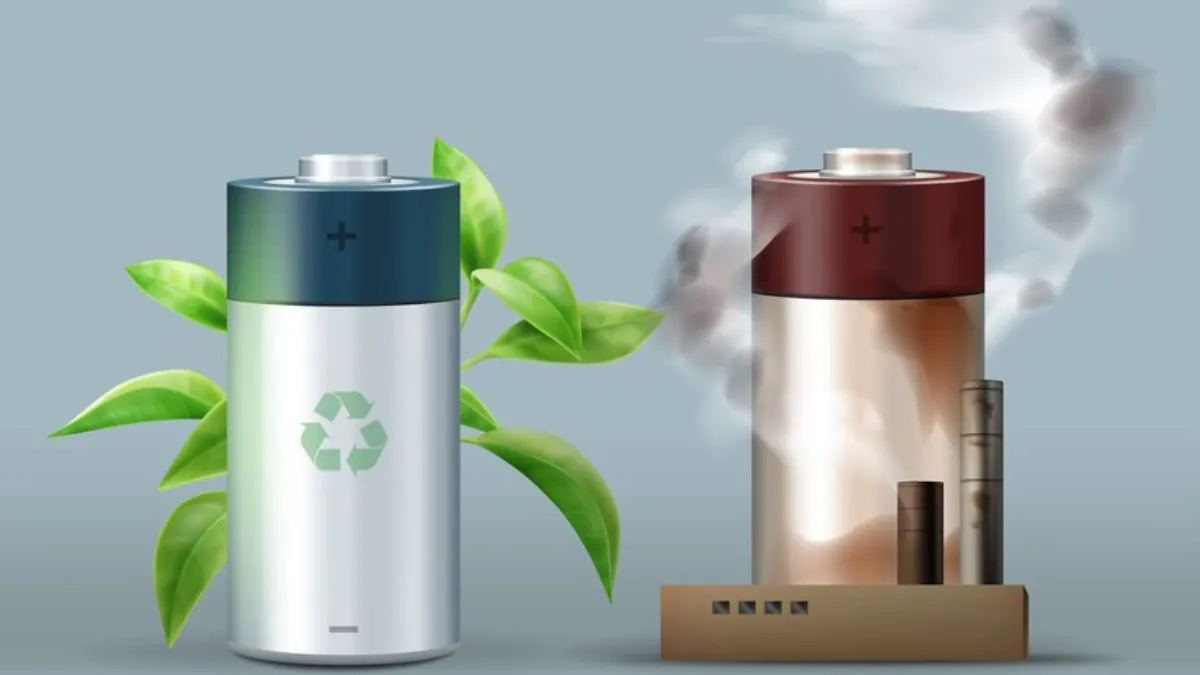Researchers have been working on longer-lasting and temperature-adjustable batteries throughout the years. This time, though, the ingenuity has advanced to a new level.Smartphones and automobiles are frequently powered by lithium-ion batteries. These batteries are not the best choice for wearables or soft robotics, despite having a strong coating covering them to guard against any stress from air intake. Scientists from the University of California, Berkeley have just created a flexible battery that is non-toxic, extremely stretchy, and resistant to twisting and even stabbing.
About Self-Healing Lithium Battery
A interdisciplinary team from the University of California, Berkeley, Georgia Institute of Technology, and Hong Kong University of Science and Technology created this self-healing stretchy battery. This team of researchers demonstrated that the stretchy lithium battery maintained its stability after 500 cycles of charging and discharging in a report published in the Journal Science Advances. This battery has extremely sophisticated qualities; it can self-heal and is flexible due to its jelly-like structure.
The Process
The battery was 19 percent water as a result of the previously described procedure, and it showed stability at 50% humidity. After wiring it to a circuit board with LED lights, the knowledgeable group of scientists evaluated how well it worked. Consequently, there was minimal water splitting and the battery operated well for more than a month. After that, despite being stretched, punctured, needled, razored, and folded, the battery still functioned.
Innovation has no bounds, as demonstrated by this knowledgeable group of scientists from the University of California, Berkeley. Wearables and soft robotics will benefit greatly from these batteries. It is superior to other lithium batteries due to its ability to withstand damage and the presence of non-toxic components.
The Results
The battery was 19 percent water as a result of the previously described procedure, and it showed stability at 50% humidity. After wiring it to a circuit board with LED lights, the knowledgeable group of scientists evaluated how well it worked. Consequently, there was minimal water splitting and the battery operated well for more than a month. After that, despite being stretched, punctured, needled, razored, and folded, the battery still functioned.
Innovation has no bounds, as demonstrated by this knowledgeable group of scientists from the University of California, Berkeley. Wearables and soft robotics will benefit greatly from these batteries. It is superior to other lithium batteries due to its ability to withstand damage and the presence of non-toxic components.















